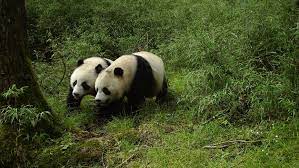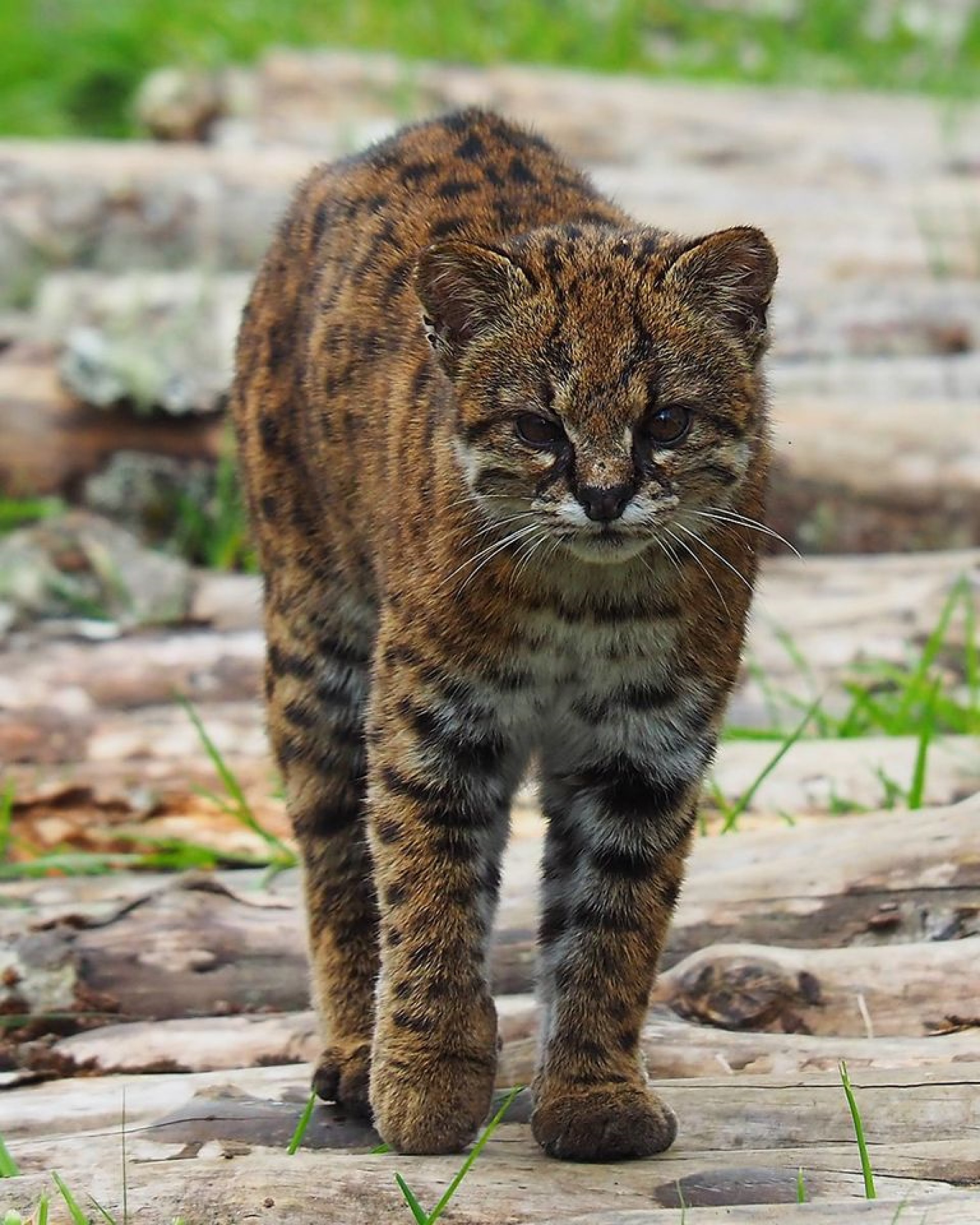
Guina or Kodkod
The Guina is found primarily in central and Southern Chile, as well as in parts of Argentina at the same latitudes.
Melanistic (black versions) do occur in places. It is usually found in mixed temperate rainforests of the Southern Andean chain and coastal areas such as the Valdivian and Araucaria Forests of Chile, which has bamboo in its lower levels. It prefers evergreen temperate rainforests to deciduous temerate moist forests (or scierophyllous scrub or coniferous forests). It can be found in altered forest, so does alright in areas where humans have disturbed the forest, or in the edges of settled and cultivated areas. It is found as high as 1900m (which is at the treeline) In Argentina it has been recorded in moist Montane forest, which has Valdivian temperate rainforest characteristics, including those with many layered structure with bamboo or numerous lianas and epiphytes.
They are equally happy to be active in the day or the night, though rarely venture into open spaces during the day.
The main threat to their survival is the destruction of the rainforest. Those living near human habitation have also been killed after taking chickens. They are classed as vulnerable.
Analysis has shown that its closest relation is the Geoffrey’s cat

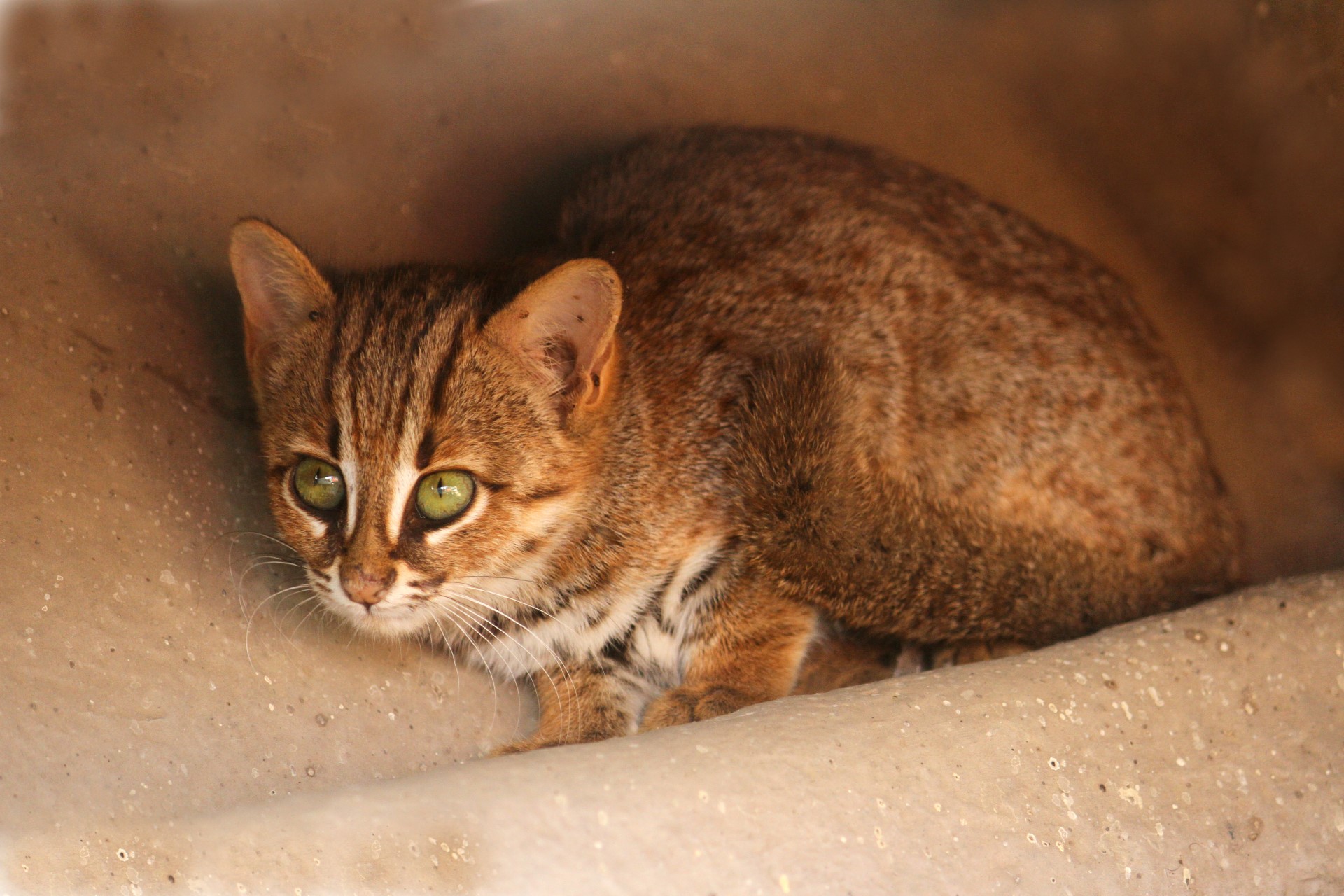
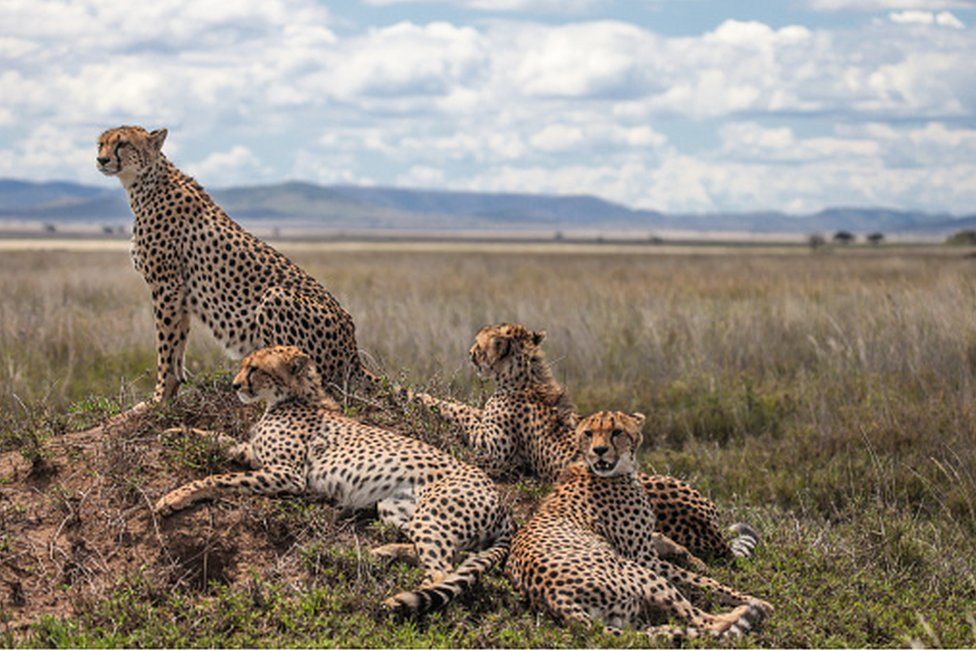
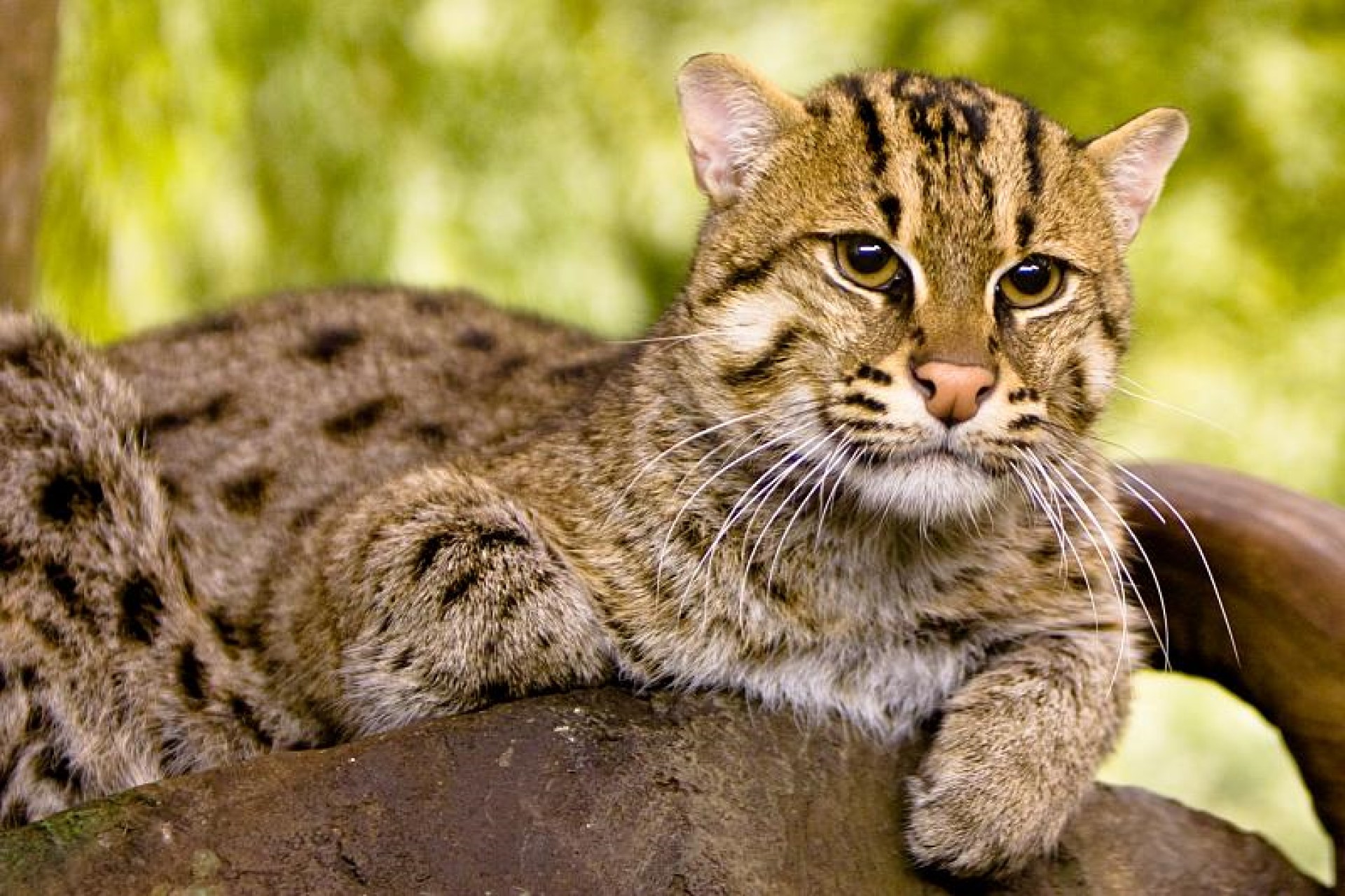
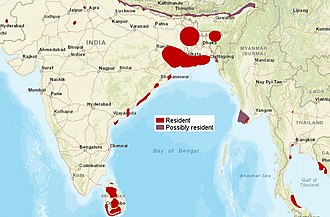
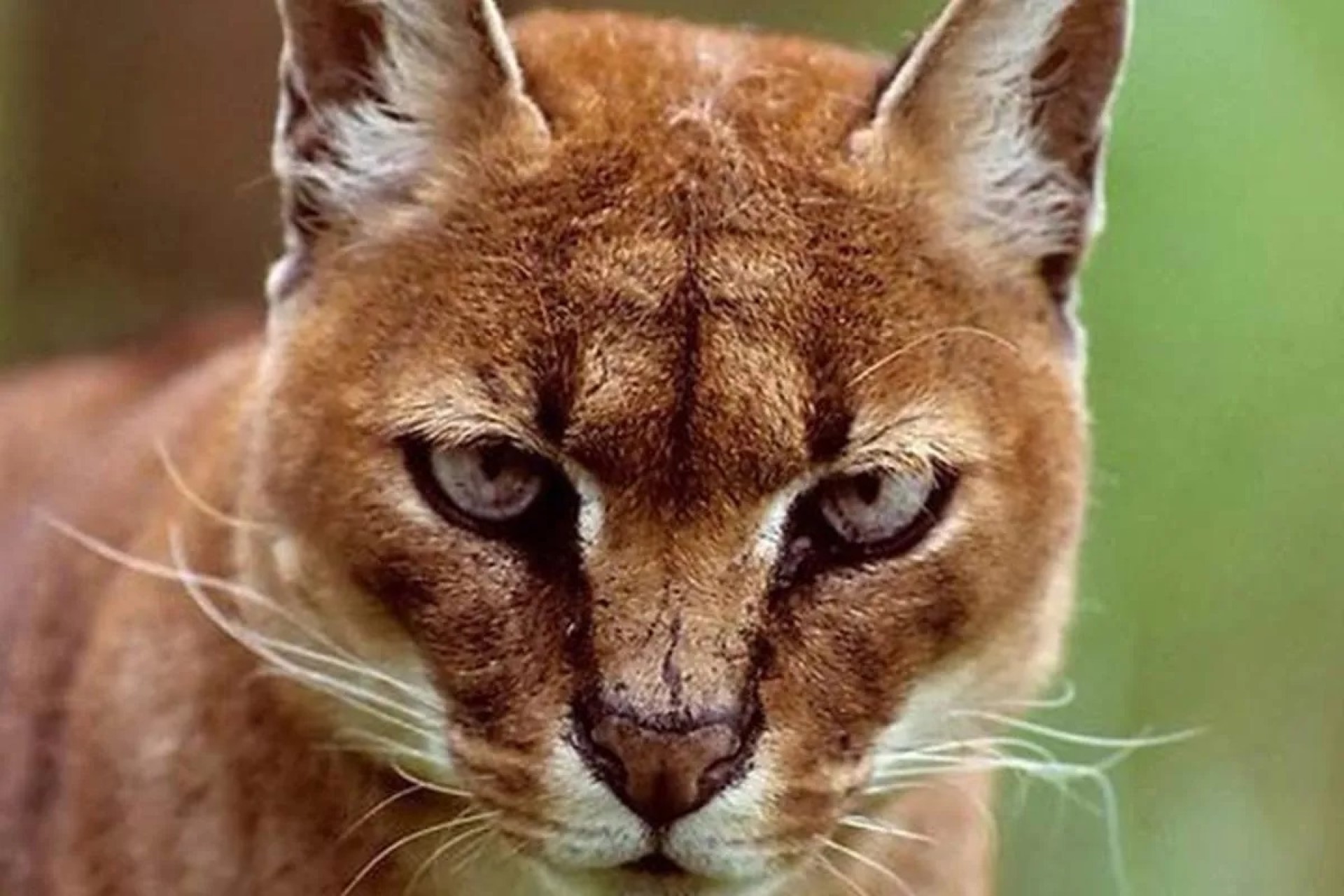
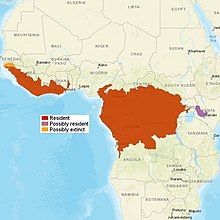
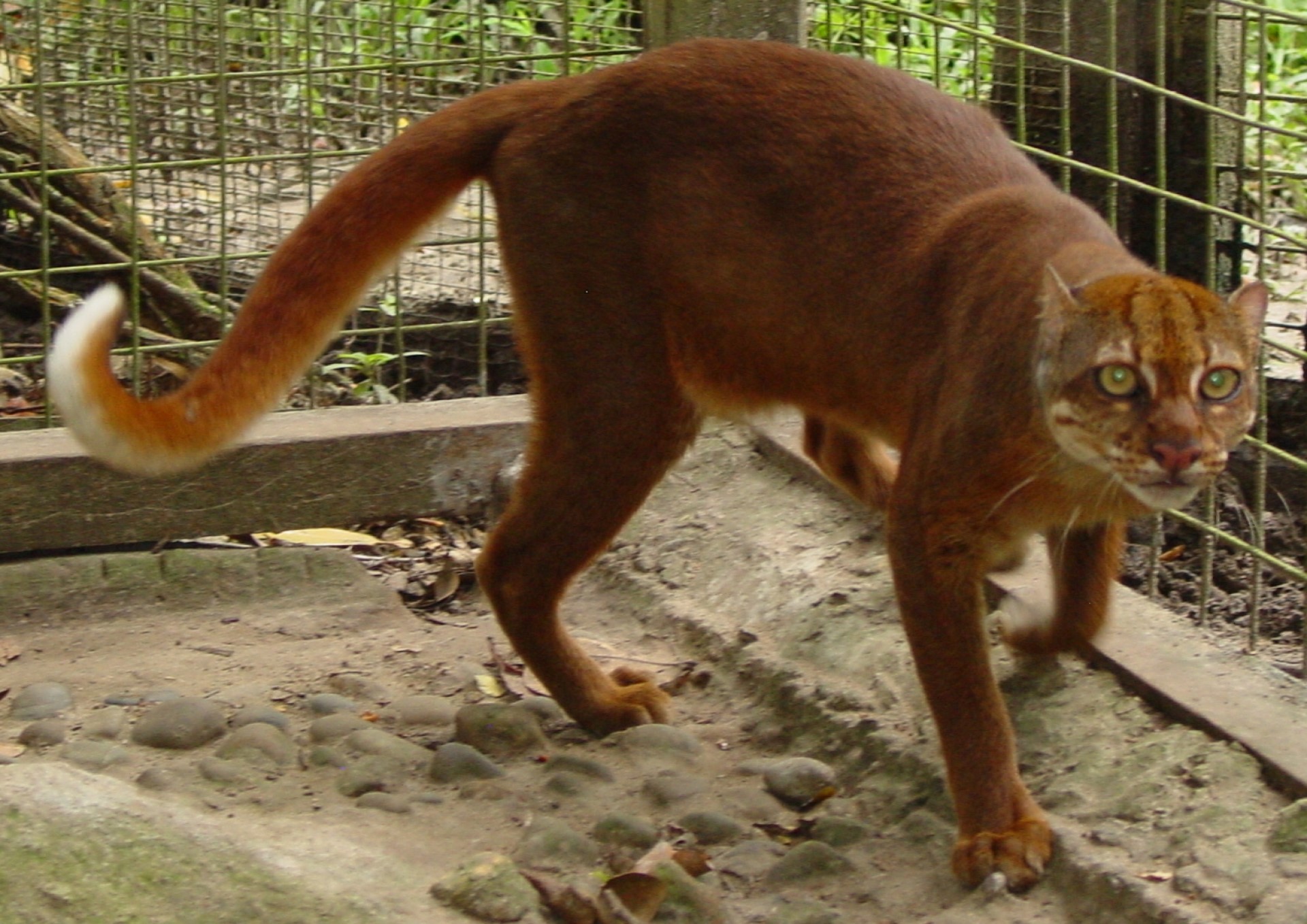
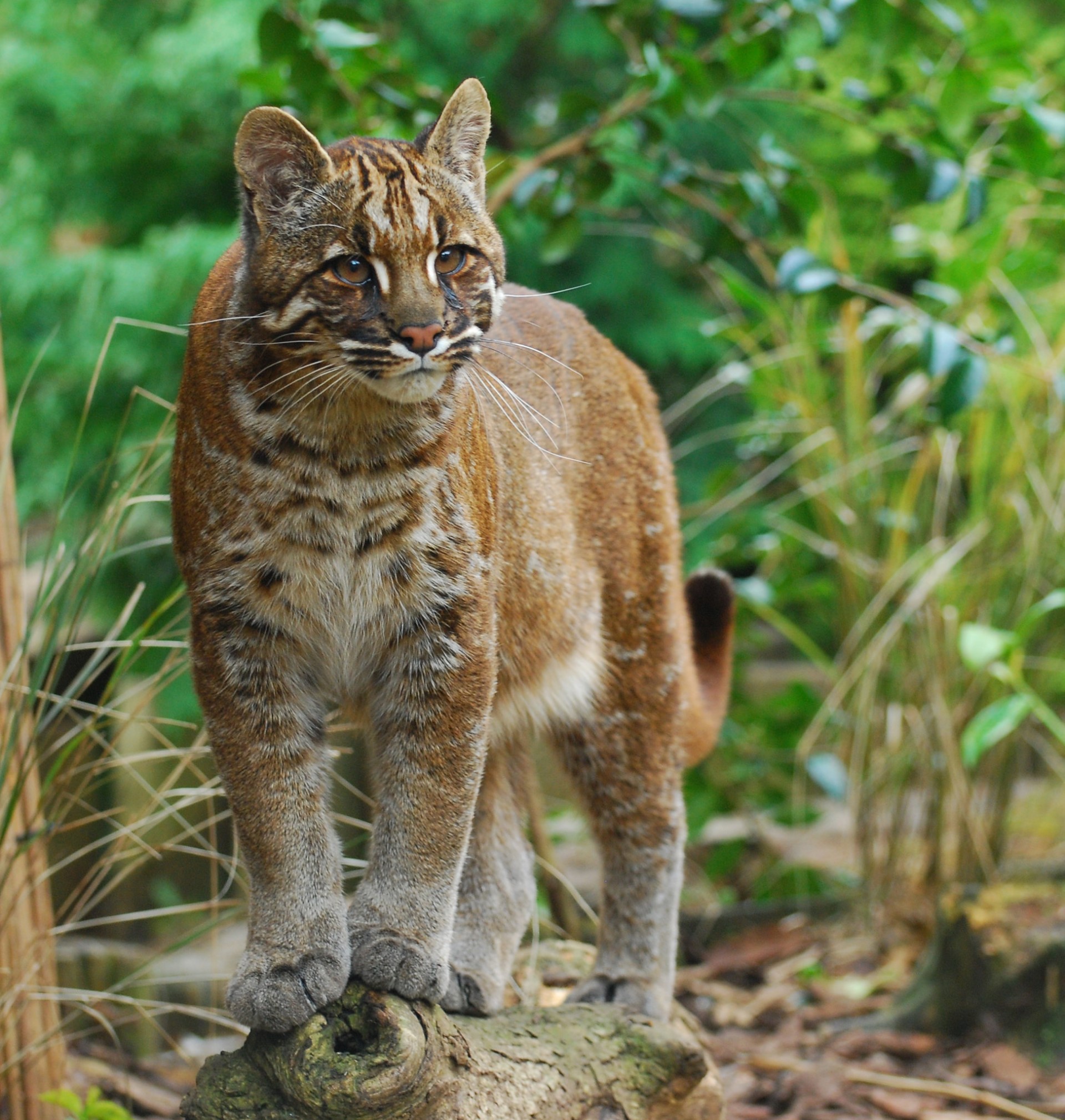
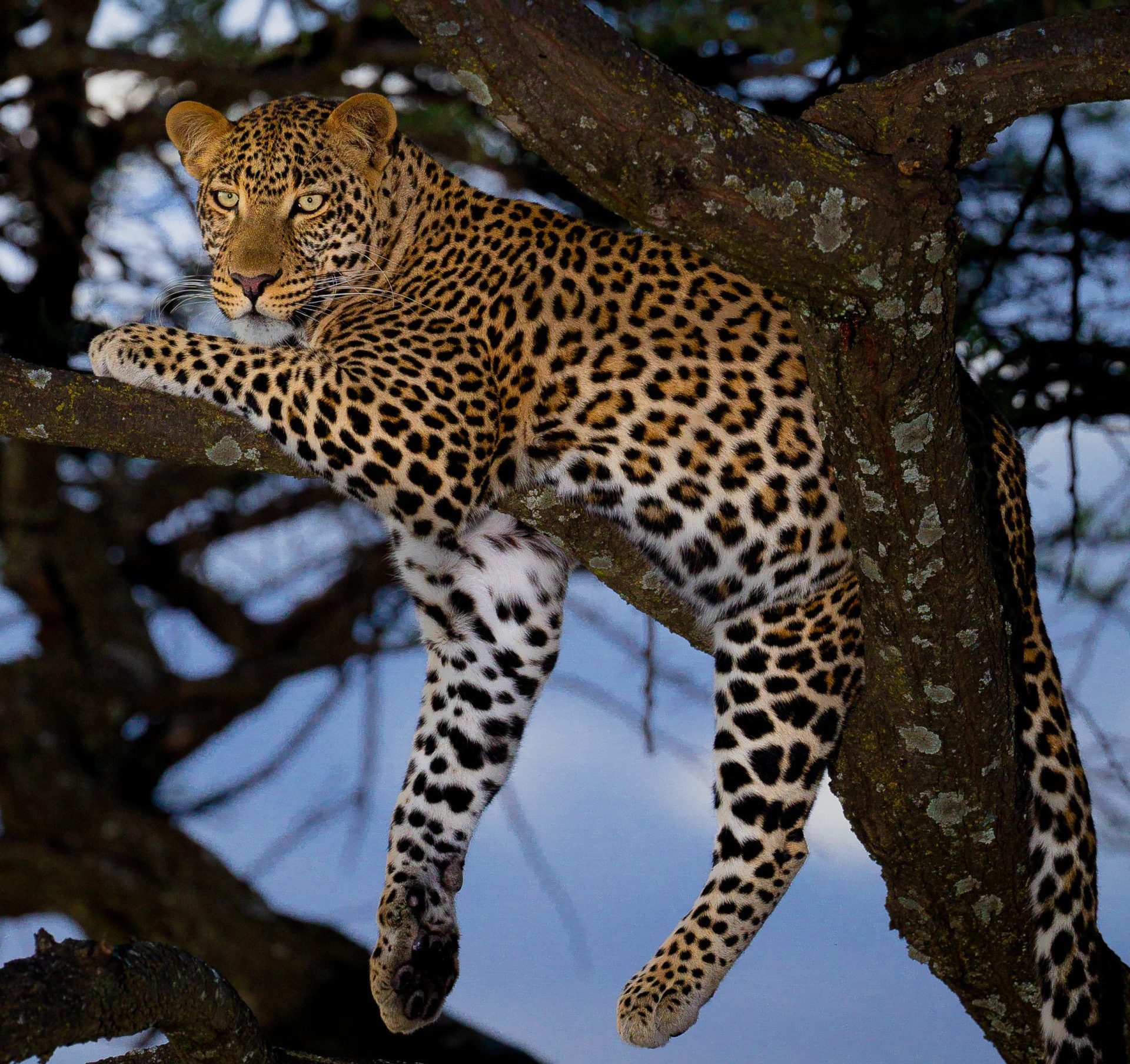
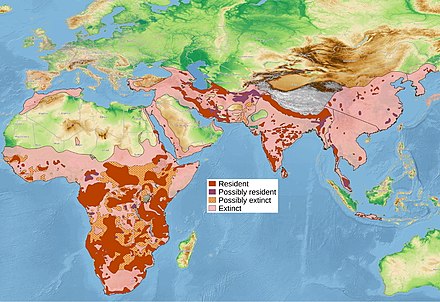 50 years ago, Africa was estimated to have 700,000 the current number is nearer to 50,000. This is not evenly spread, such that while 34 countries are thought to still host them. It should be noted, that the so called Barbary leopard is included in this subspecies. While there is still much debate (not least the suggestion that the Sahara might have stopped gene from from the Barbary region to the rest of Africa. In a similar way, there is discussion on a variety of different populations of leopards, but these will not get their own tab, until they are declared as recognized subspecies (there was, at one time as many as 37 claimed different subspecies of leopard spread across Africa and Asia, many were lost, when the genetic differences were found to be so small).
50 years ago, Africa was estimated to have 700,000 the current number is nearer to 50,000. This is not evenly spread, such that while 34 countries are thought to still host them. It should be noted, that the so called Barbary leopard is included in this subspecies. While there is still much debate (not least the suggestion that the Sahara might have stopped gene from from the Barbary region to the rest of Africa. In a similar way, there is discussion on a variety of different populations of leopards, but these will not get their own tab, until they are declared as recognized subspecies (there was, at one time as many as 37 claimed different subspecies of leopard spread across Africa and Asia, many were lost, when the genetic differences were found to be so small).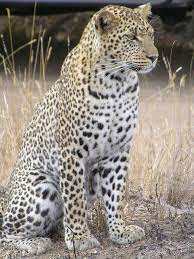
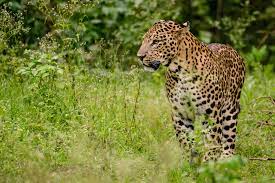
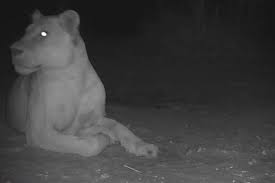
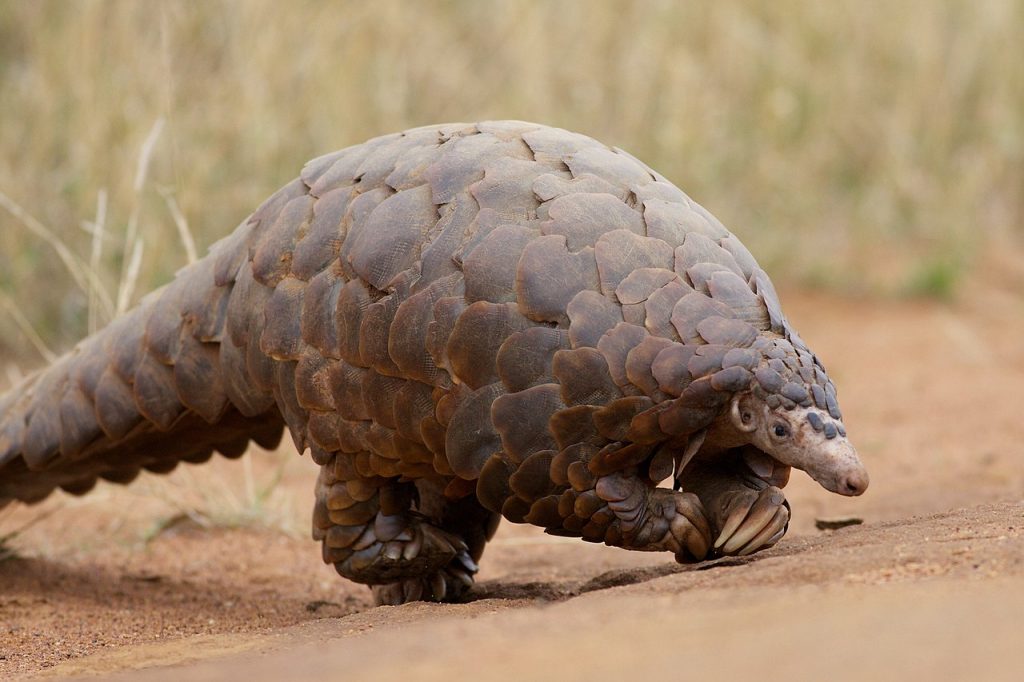
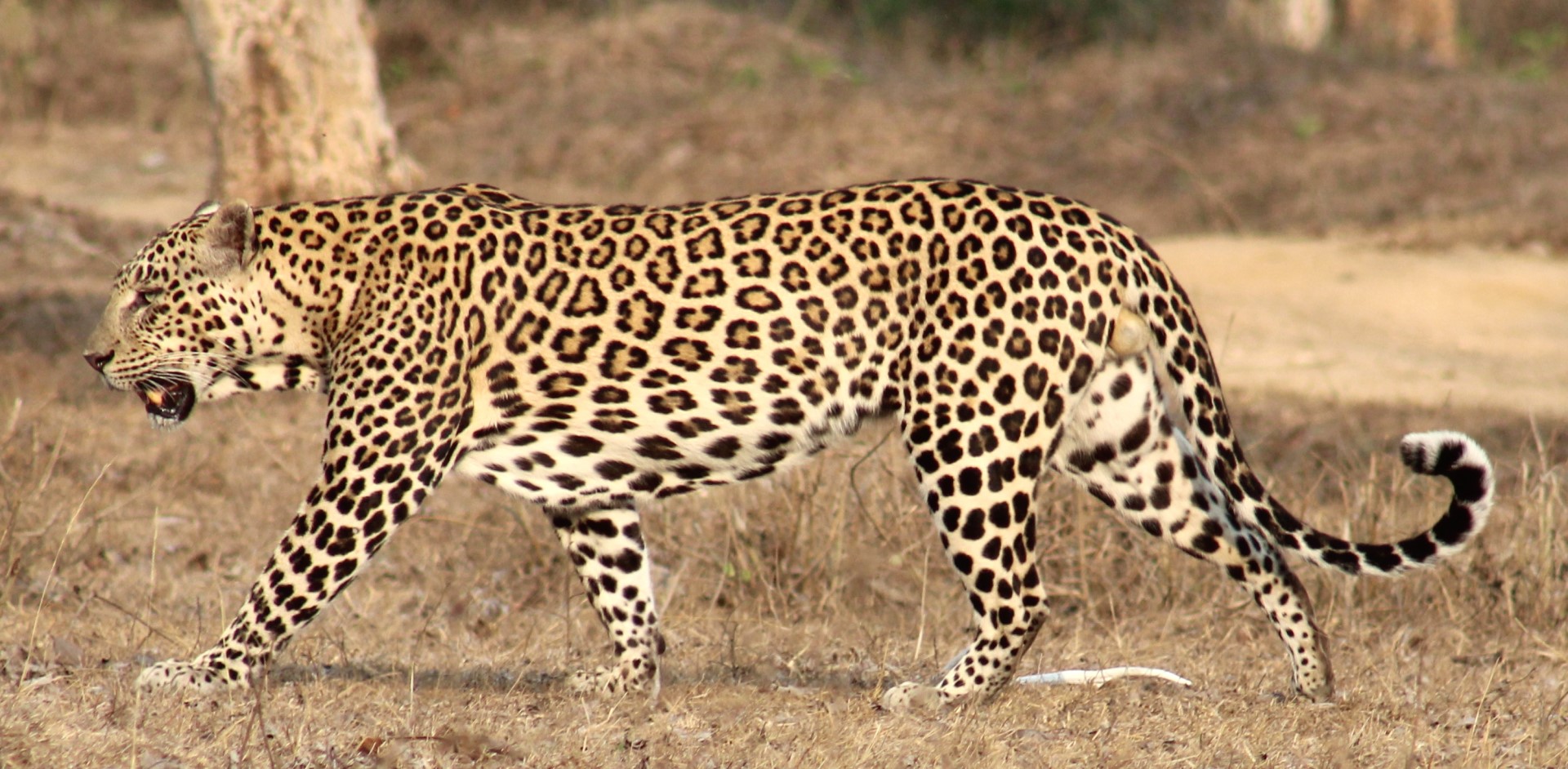
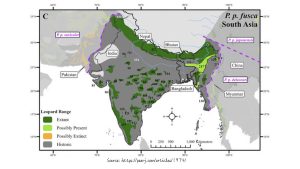 The number of Indian leopards in the wild is a worryingly low number. Some places suggest around 9500, while others suggest 12,000-14,000 (remember that the area of India is 10% of Africa, so this is far better by area.
The number of Indian leopards in the wild is a worryingly low number. Some places suggest around 9500, while others suggest 12,000-14,000 (remember that the area of India is 10% of Africa, so this is far better by area.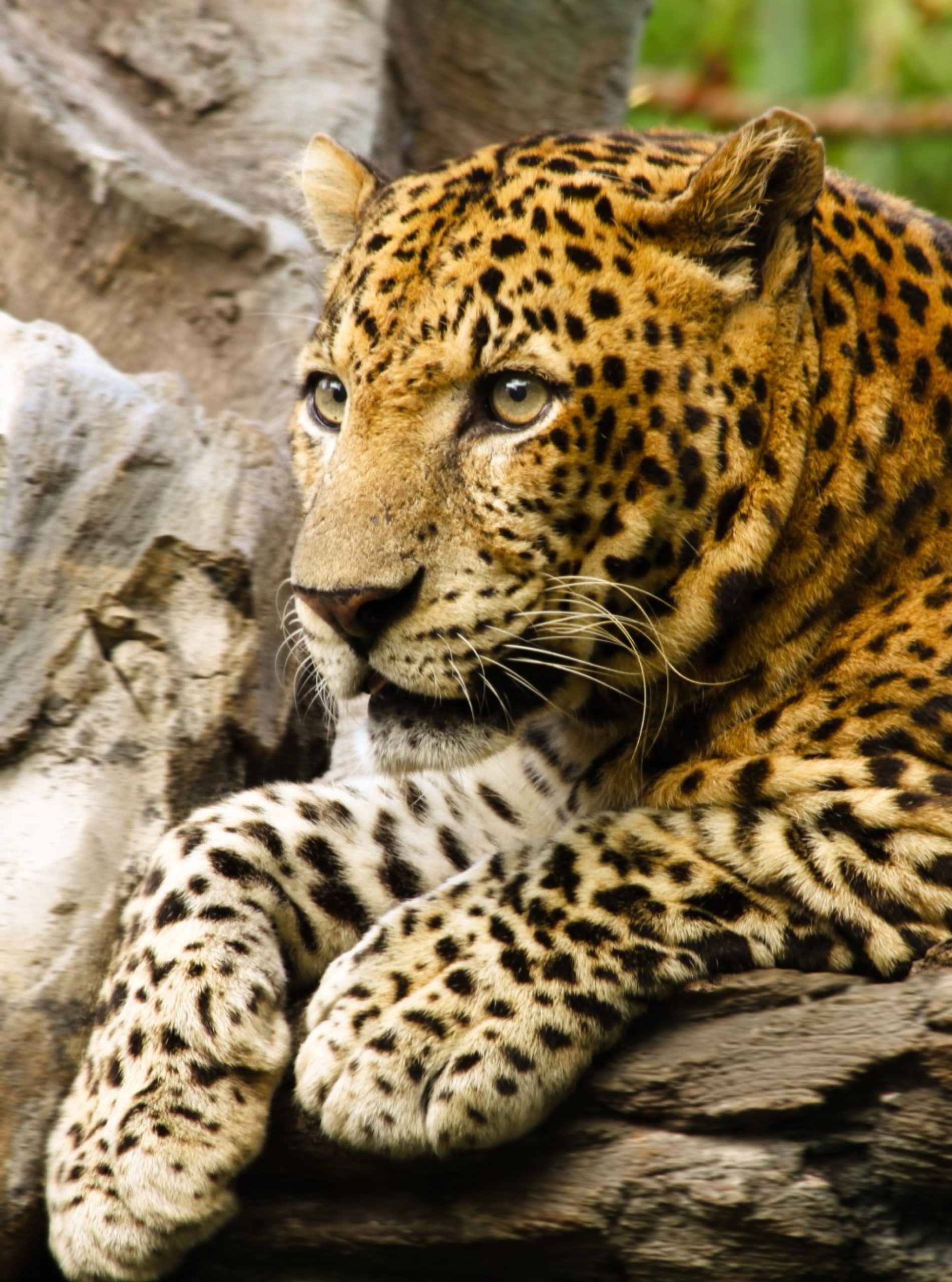
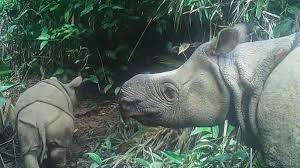
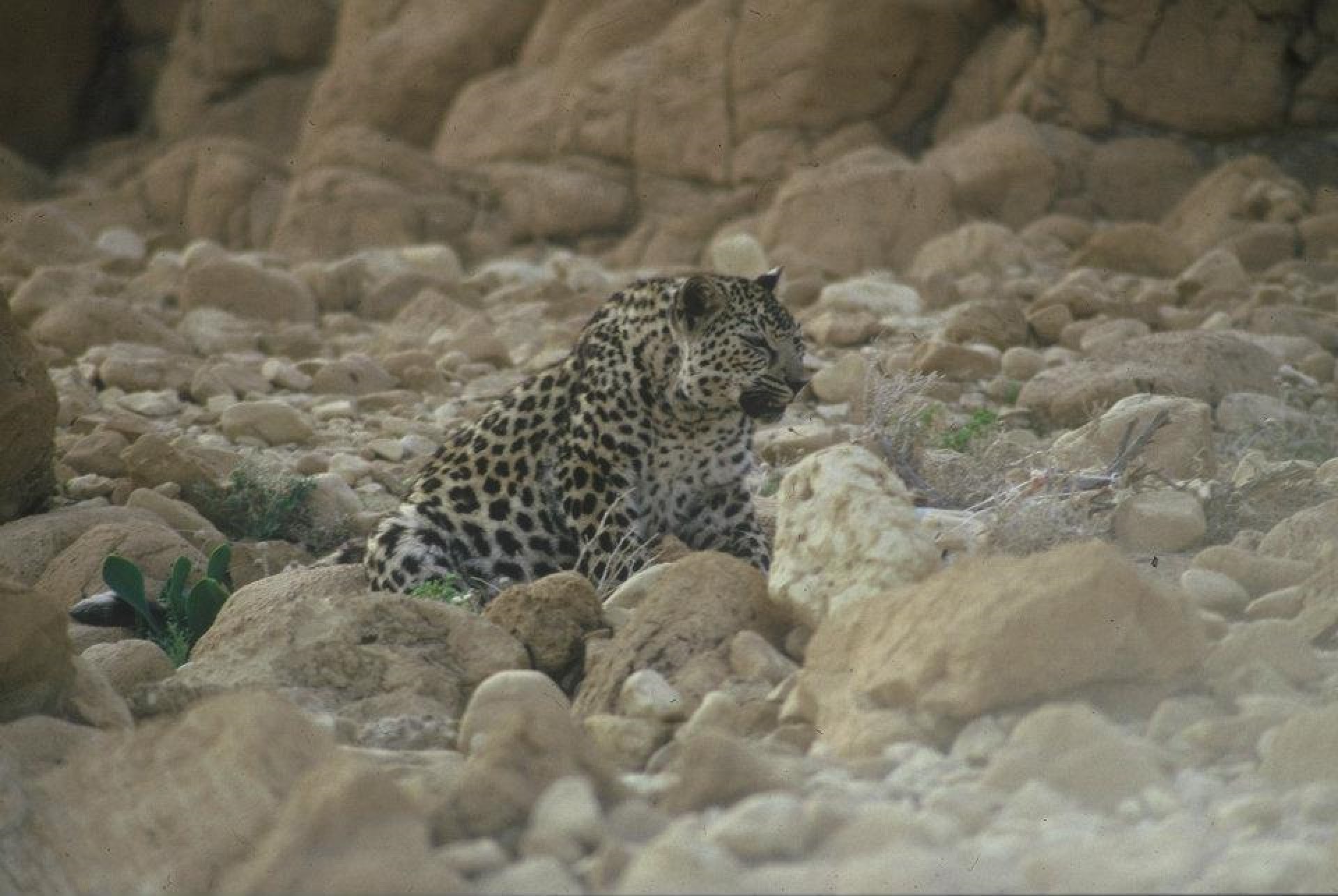
 In 2008, the size of this subspecies left in the wild was thought to be between 45 and 200. As such, it is perhaps not surprising that this subspecies has been critically endangered since 1996.
In 2008, the size of this subspecies left in the wild was thought to be between 45 and 200. As such, it is perhaps not surprising that this subspecies has been critically endangered since 1996.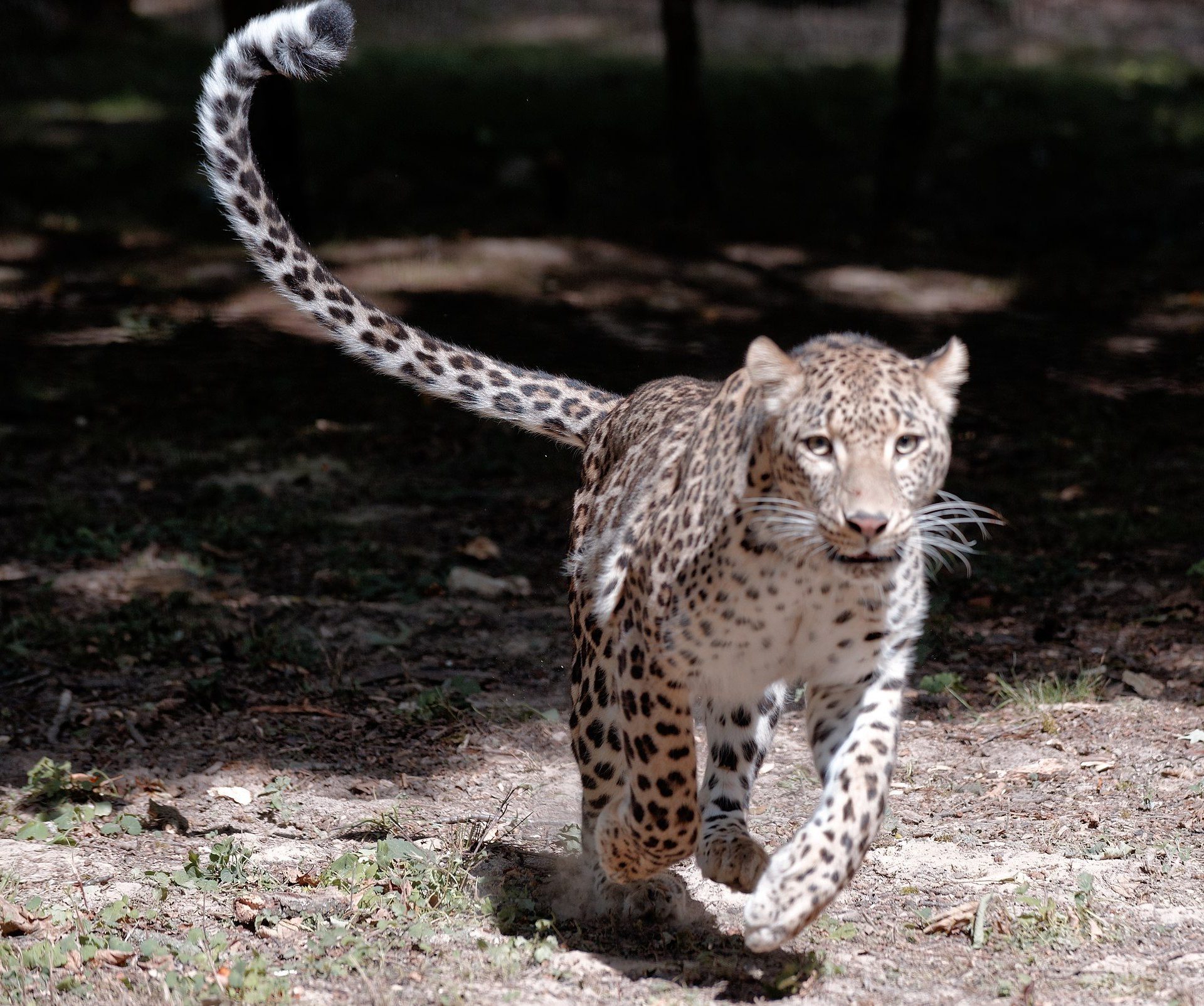
 Caucasian (also called Persian) Leopard)
Caucasian (also called Persian) Leopard) 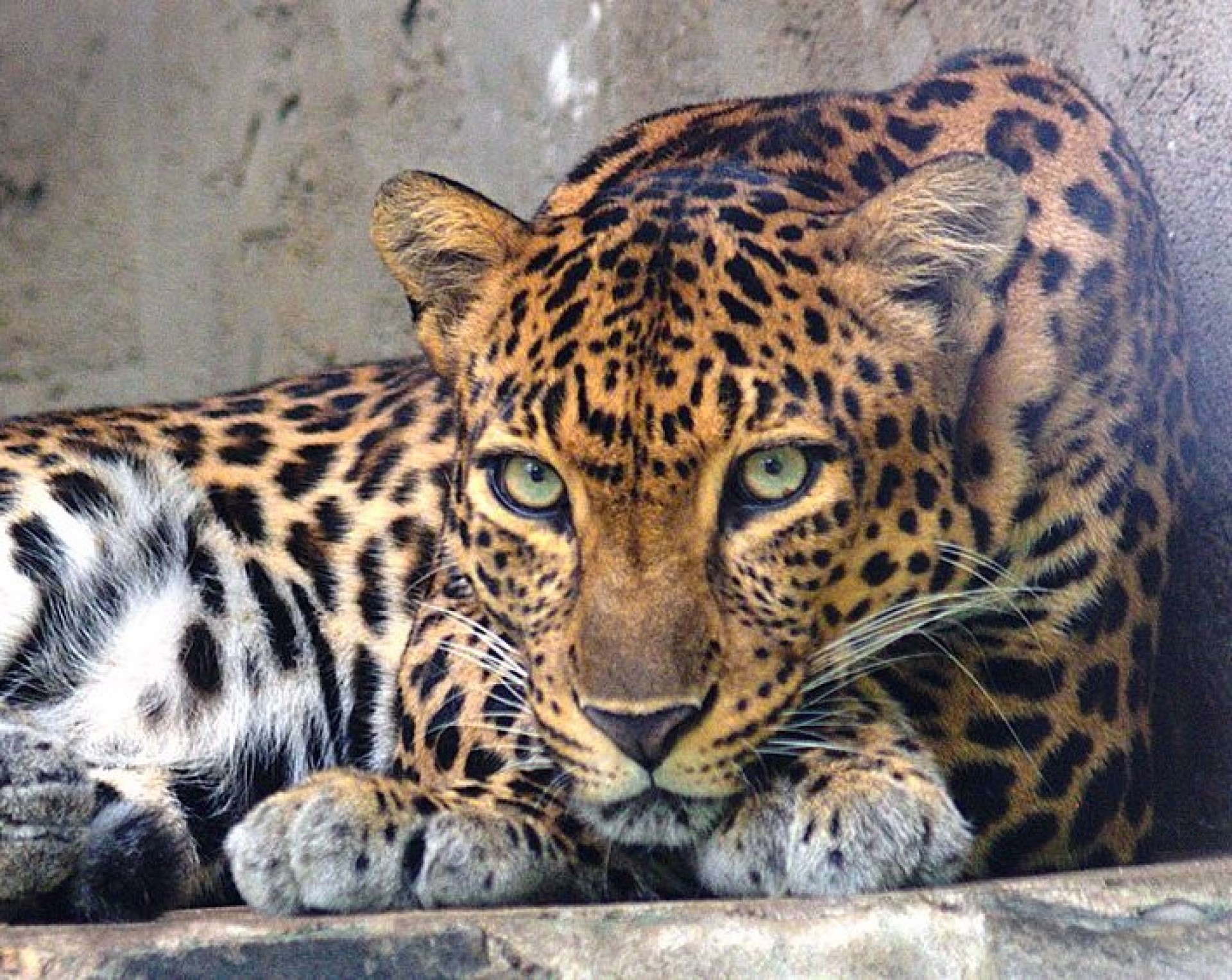
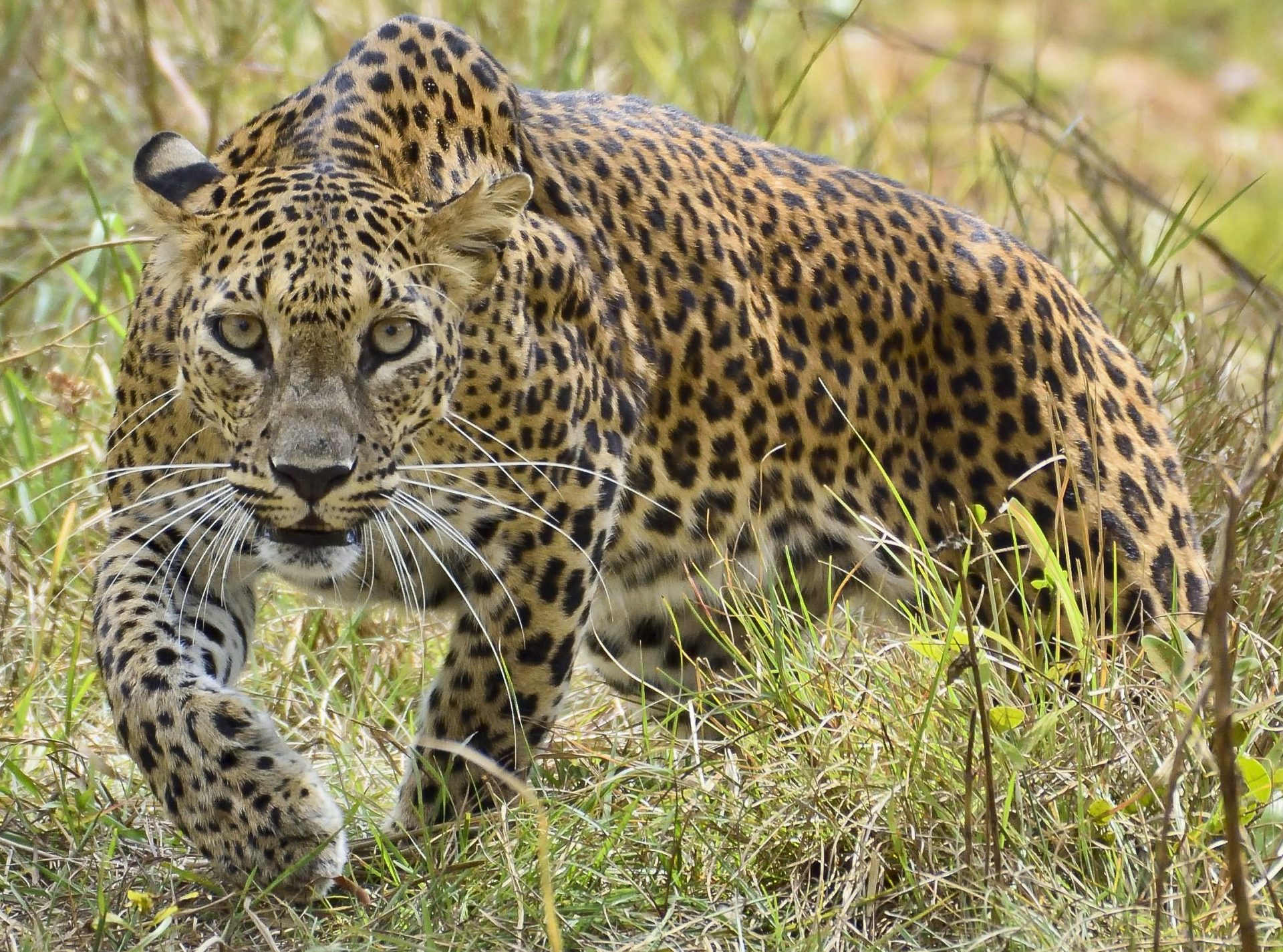
 Only described in 1956, they are relatively similar to the Indian Leopard, and were thought to be part of that subspecies until then. There are only 800 of this subspecies of leopard, and they were listed as vulnerable in 2020, and unfortunately it is thought to still be declining. It is thought, that as a result of being the apex predator on the island, they have got bigger.
Only described in 1956, they are relatively similar to the Indian Leopard, and were thought to be part of that subspecies until then. There are only 800 of this subspecies of leopard, and they were listed as vulnerable in 2020, and unfortunately it is thought to still be declining. It is thought, that as a result of being the apex predator on the island, they have got bigger.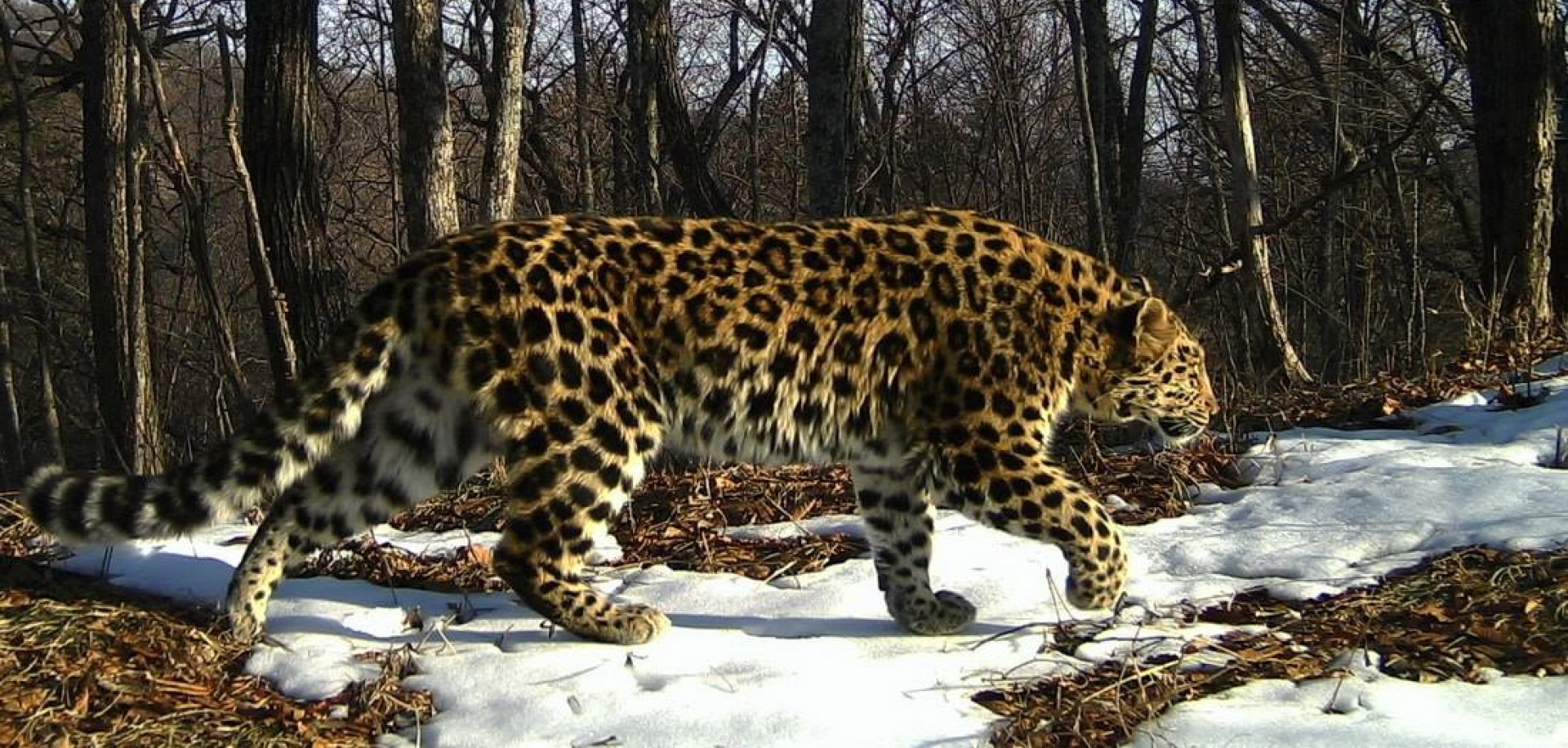
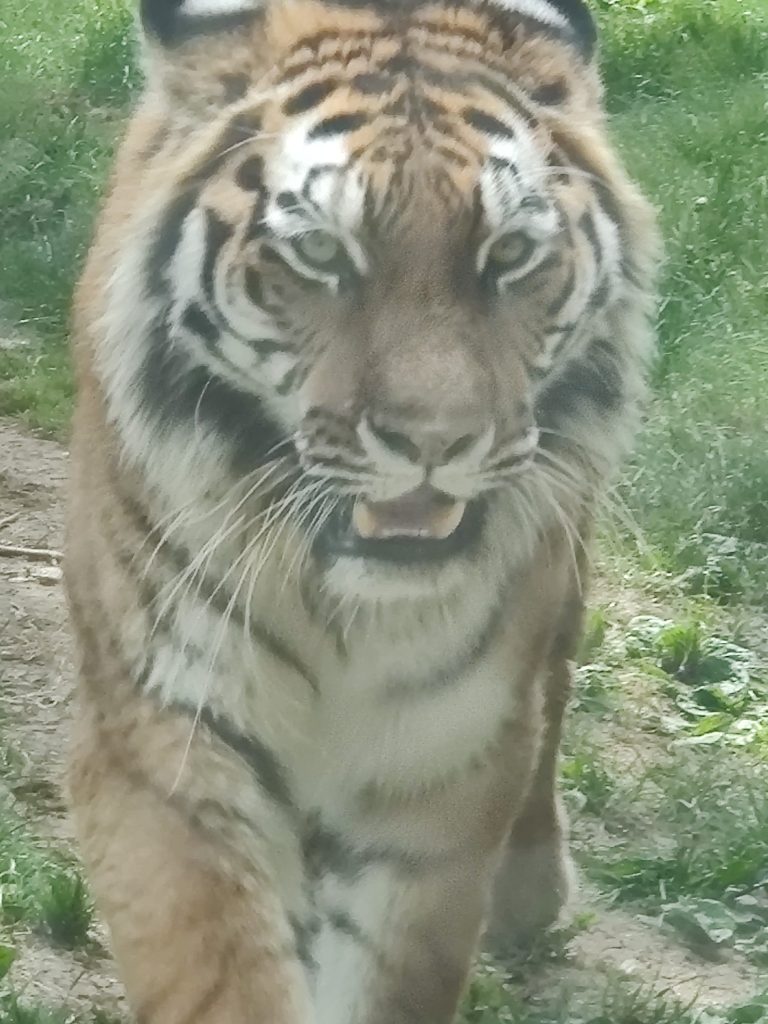
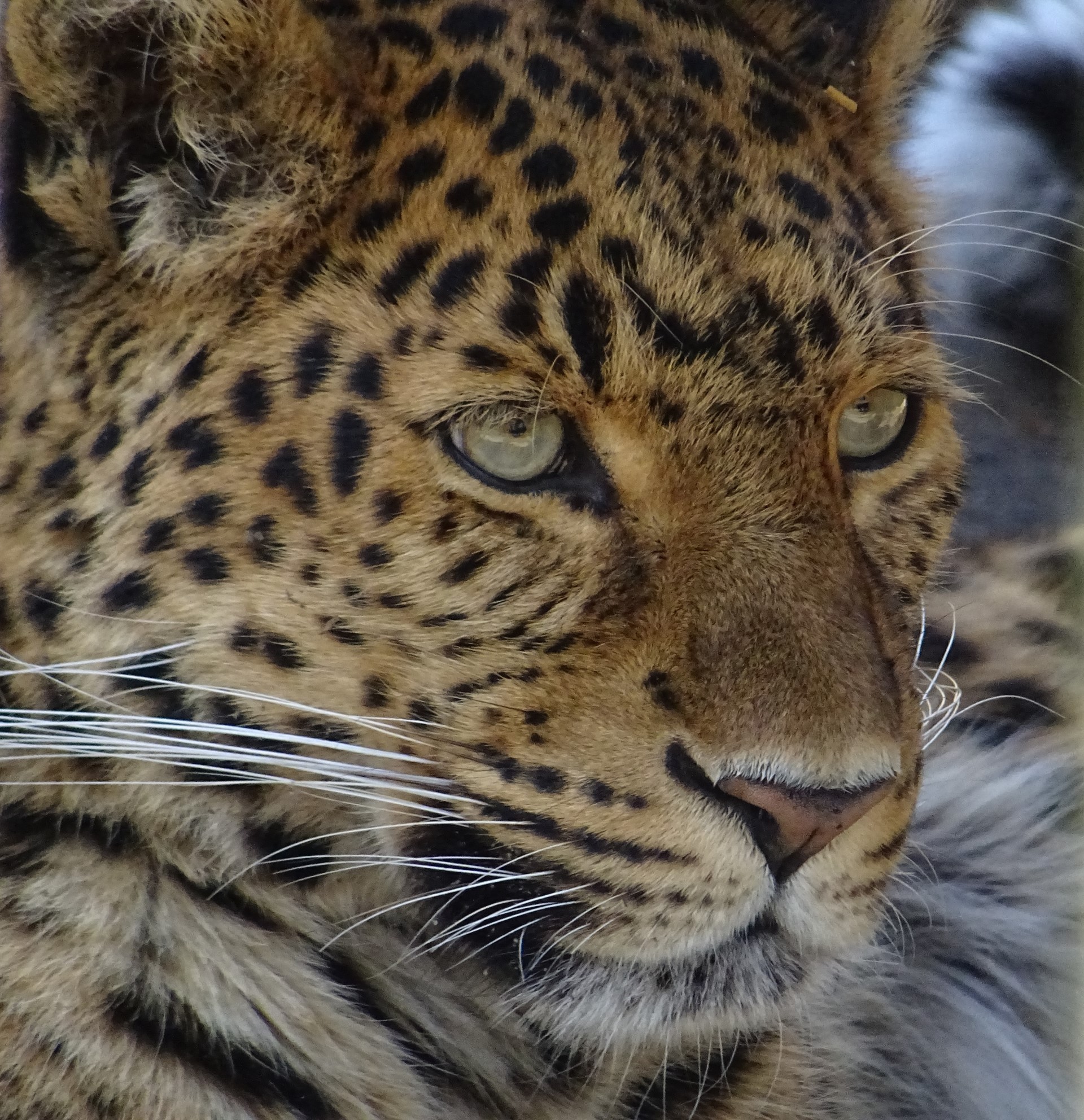
 Records from before 1930 suggest that this species of Leopard used to live near Beijing and in the mountains to the North-west. The wild population is estimated at around 110, so is one of the more endangered leopard species in the world. It is thought that this population and the Amur Leopard species were connected until just a few hundred years ago. As such, it may well be possible to boost genetic variability if that were to become necessary.
Records from before 1930 suggest that this species of Leopard used to live near Beijing and in the mountains to the North-west. The wild population is estimated at around 110, so is one of the more endangered leopard species in the world. It is thought that this population and the Amur Leopard species were connected until just a few hundred years ago. As such, it may well be possible to boost genetic variability if that were to become necessary.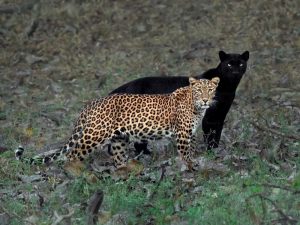
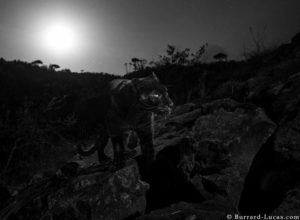 Like many cats – both big and lesser cats, they have rare colourings. These are not separate species, instead they are either melanistic, or albino.
Like many cats – both big and lesser cats, they have rare colourings. These are not separate species, instead they are either melanistic, or albino.

